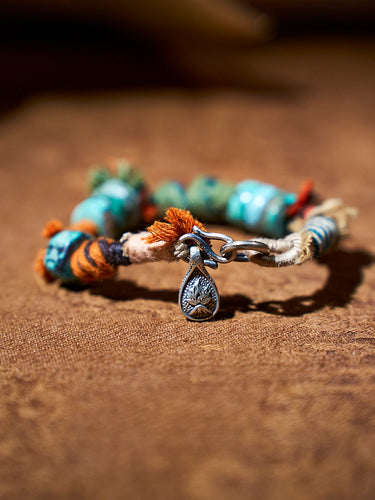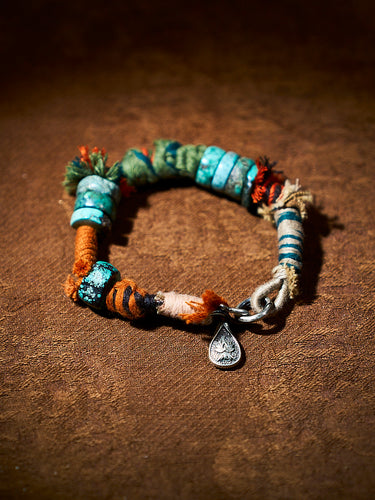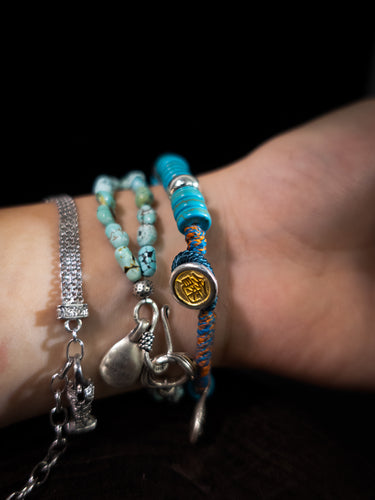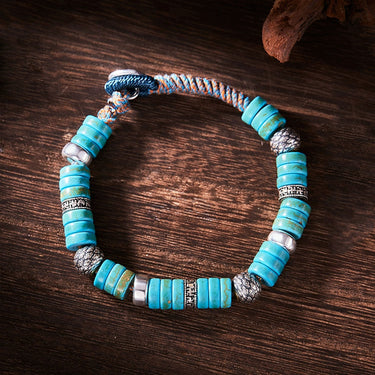
In the vast realm of classical Oriental art, where tradition intertwines with craftsmanship, Oriental Aesthetics stands as a guiding light for artists, collectors, and enthusiasts alike. Our dedication lies in providing systematic, high-quality professional services, aimed at nurturing and celebrating the rich heritage of oriental art. In this comprehensive exploration, we embark on a captivating journey to unravel the timeless charm hidden within the intricate details of corner cabinets in traditional Chinese furniture.
The Elegance of Traditional Chinese Furniture
Chinese furniture has risen to international acclaim, garnering widespread admiration for its unparalleled blend of timeless elegance, meticulous precision, and profound cultural significance. This centuries-old tradition has transcended geographical boundaries, capturing the imagination of connoisseurs and enthusiasts around the world. At the heart of this global reverence lies a rich tapestry of artistic expression, craftsmanship, and cultural narratives that elevate Chinese furniture to a status of not just functional items but enduring works of art. The allure of Chinese furniture is deeply rooted in its ability to encapsulate the essence of Chinese culture and history. Each piece serves as a tangible link to a bygone era, echoing the aesthetics and values prevalent during the Ming and Qing dynasties. The exquisite craftsmanship that goes into creating these pieces reflects a harmonious union of skill, tradition, and an acute appreciation for natural beauty. This harmonious synthesis contributes to the intrinsic allure that makes Chinese furniture a cherished part of global artistic heritage.
Precision is a hallmark of Chinese furniture craftsmanship, reflecting a commitment to excellence that has been honed over centuries. From the exacting joinery techniques to the meticulous carving of intricate motifs, every detail is executed with a level of precision that sets Chinese furniture apart. This dedication to craftsmanship not only ensures the structural integrity of each piece but also contributes to overall visual harmony. The precision in execution is a testament to the skill and expertise passed down through generations of craftsmen, creating furniture that stands as a testament to the enduring legacy of Chinese artistry.
Functionality and Design Harmony
Corner cabinets, known as "jiaogui" in Mandarin, epitomize the harmonious blend of form and function. Their unique triangular or pentagonal shape allows them to ingeniously fit into corners, making them an ideal choice for optimizing space utilization in traditional Chinese homes. Beyond their practical utility, these cabinets seamlessly integrate into the overall design scheme of a space, enhancing its visual appeal with their understated elegance.
The creation of corner cabinets entails a meticulous process honed over centuries by skilled craftsmen. Central to this process is the careful selection of materials, with a preference for premium hardwoods such as rosewood, mahogany, or camphor. Each piece of wood is chosen for its natural beauty and durability, ensuring the longevity of the finished cabinet. Employing traditional joinery techniques, craftsmen meticulously craft each component, ensuring a seamless fit and structural integrity that withstands the test of time.
Beyond their utilitarian function, corner cabinets in traditional Chinese furniture are imbued with profound symbolism and cultural significance. The triangular shape of these cabinets is emblematic of the harmonious relationship between heaven, earth, and humanity, a concept deeply rooted in Chinese philosophy and cosmology. Moreover, intricate carvings and decorative motifs often adorn these cabinets, depicting auspicious symbols such as dragons, phoenixes, or peonies, which are believed to bring prosperity, longevity, and good fortune to the household.
Versatility in Placement
The intrinsic appeal of corner cabinets lies in their exceptional versatility, making them a dynamic and invaluable addition to any living space. These cabinets are characterized by their unique design that maximizes the utilization of corner spaces, turning what might be considered an overlooked or challenging area into a focal point of functionality and aesthetic charm.
One of the primary advantages of corner cabinets is their ability to optimize space. In many homes, corners are often underutilized or even left vacant due to the difficulty of fitting traditional furniture into these angular spaces. Corner cabinets, however, are purpose-built to seamlessly nestle into corners, transforming these once-neglected areas into valuable storage or display zones. This versatility in placement allows homeowners to make the most of every square inch of their living spaces, especially in rooms where space is at a premium.
In the realm of interior design, corner cabinets offer a strategic solution for enhancing the overall aesthetic of a room. Their placement can break up the monotony of linear furniture arrangements, introducing a dynamic element that adds visual interest and dimension to the space. Whether it's a stylish contemporary cabinet or a vintage-inspired piece, the unique shape and positioning of corner cabinets create an intriguing focal point, contributing to the overall harmony and balance of the room's design.
Beyond Utilitarian Functions
Functionality is a key aspect of the versatility exhibited by corner cabinets. These cabinets come in various forms, catering to diverse storage needs. Some feature open shelves, providing an ideal spot for displaying cherished collectibles, art pieces, or decorative items. Others may have closed cabinets, offering concealed storage for items that benefit from being tucked away. This adaptability makes corner cabinets suitable for any room in the house, from the living room to the bedroom, kitchen, or even the bathroom, ensuring that they seamlessly integrate into the specific needs of each space.
Beyond their utilitarian functions, corner cabinets often showcase exquisite craftsmanship and design details. Furniture makers recognize the unique challenges presented by the angular structure of corner cabinets and respond with innovative solutions. Intricate carvings, clever joinery, and thoughtful detailing are often incorporated, turning these cabinets into statements of artistry. This attention to design not only enhances the visual appeal of the furniture but also elevates the overall aesthetic of the room.
The versatility of corner cabinets extends to their adaptability to different interior styles. Whether the design theme is modern, traditional, rustic, or eclectic, there is a corner cabinet to suit every taste. The vast array of materials, finishes, and styles available ensures that homeowners can find a piece that complements their existing decor or becomes a standout accent, enhancing the overall ambiance of the room.
As we embark on this illuminating journey through the intricacies of corner cabinets, we uncover not just pieces of furniture but living artifacts that embody centuries of tradition, ingenuity, and cultural richness. Oriental Aesthetics remains steadfast in its mission to promote and preserve these treasures, fostering a deeper appreciation for the enduring legacy of classical Oriental art. Join us as we continue to unravel the mysteries and marvels concealed within the captivating world of traditional Chinese furniture.
The timeless elegance of Chinese furniture is manifested in its designs, which often embody a graceful simplicity that transcends fleeting trends. Whether it's the clean lines of a Ming-style table or the intricately carved details of a Qing dynasty chair, these pieces exude a sophistication that remains relevant across epochs. The enduring appeal of Chinese furniture lies in its ability to seamlessly integrate into diverse design schemes, from traditional settings that emphasize cultural continuity to modern interiors that appreciate the fusion of heritage and contemporary aesthetics.





























